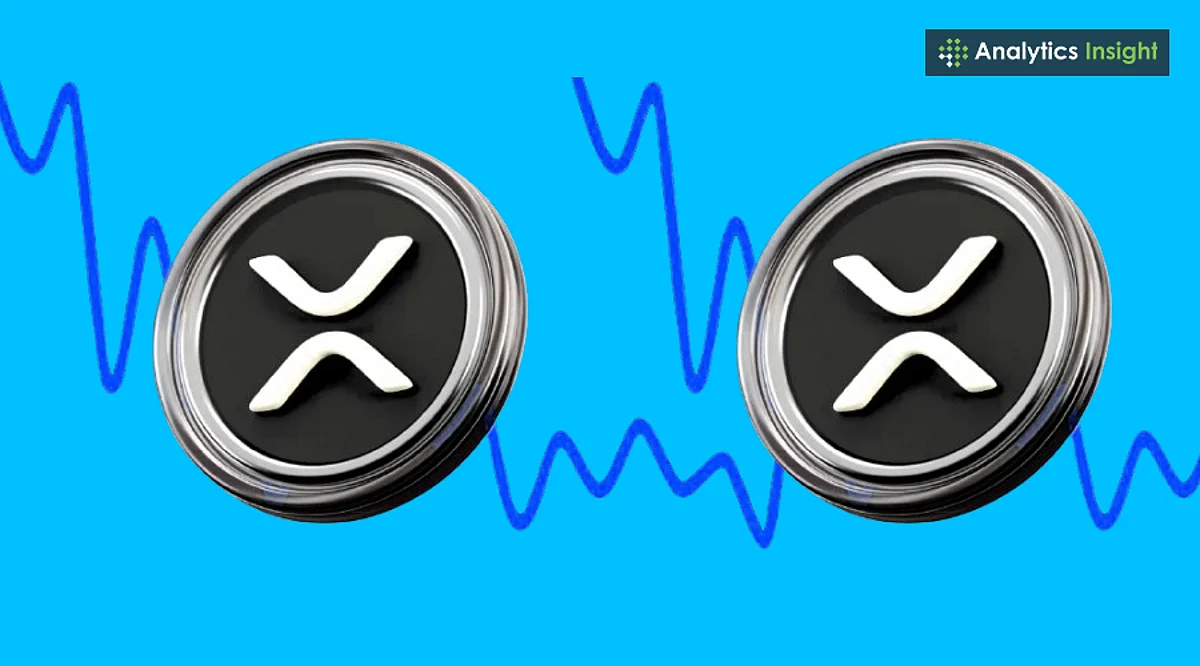The potential inclusion of XRP in the United States’ cryptocurrency reserve strategy has emerged as a significant topic within financial circles. XRP, the native token of Ripple Labs, is known for its fast, low-cost, and scalable transactions. These features position it as a noteworthy candidate for future financial infrastructure, particularly as institutions increasingly adopt cryptocurrency. However, regulatory clarity remains a critical barrier to XRP’s acceptance as part of the US crypto reserve.
XRP has garnered attention due to Ripple’s extensive partnerships with global banks and governments. As cryptocurrency adoption continues to rise, particularly in the US, discussions have intensified around the possibility of a multi-crypto reserve basket. This speculation has gained momentum, especially following recent announcements of pro-crypto policies from former President Donald Trump.
The concept of a crypto reserve refers to a stockpile of digital assets maintained by governments or institutions, akin to traditional holdings such as gold or foreign currency. While the idea is still in its early stages, experts suggest that a diversified basket of crypto assets could provide a financial backstop in a future digital economy. Bitcoin is already seen as digital gold, while Ethereum supports smart contracts, indicating a growing acceptance of a range of digital assets.
XRP stands out as a decentralized digital asset designed for efficient cross-border payments. Unlike Bitcoin, which relies on a proof-of-work mechanism, XRP transactions are validated through a consensus protocol, making them more energy-efficient and faster. XRP can settle transactions within three to five seconds and handle up to 1,500 transactions per second, qualities that attract financial institutions and central banks seeking liquidity and efficiency.
Ripple has formed partnerships with over 100 financial institutions worldwide, further solidifying its case for consideration in a US reserve strategy. The company’s XRP Ledger technology has been evaluated for potential integration into real-time settlement systems, enhancing its credibility as a viable digital asset. As of now, the price of XRP stands at approximately $3.02, reflecting a loss of 3.08% over the last 24 hours amid fluctuating market conditions.
Despite these advantages, XRP faces significant obstacles in its quest for inclusion in any national reserve. The ongoing legal scrutiny from the US Securities and Exchange Commission (SEC) poses the most substantial challenge. The SEC’s lawsuit against Ripple Labs, which commenced in 2020, questions whether XRP should be classified as a security. A partial court ruling in March 2023 indicated that XRP is not a security when traded on exchanges, but comprehensive legal clarity remains elusive. Without a well-defined regulatory framework, the US government is unlikely to incorporate any cryptocurrency into its official reserves, especially one still navigating legal uncertainties.
Stability, transparency, and predictability are paramount for reserve assets. For XRP to be considered, it must first overcome these legal challenges and demonstrate regulatory compliance. Rather than replacing the US dollar or Bitcoin, XRP could serve as part of a broader cryptocurrency basket in the future. A digital equivalent of the International Monetary Fund’s (IMF) Special Drawing Rights (SDRs) could be developed, including assets like Bitcoin, Ethereum, and XRP, which would help mitigate the volatility associated with individual cryptocurrencies.
Ripple is proactively engaged in discussions surrounding Central Bank Digital Currencies (CBDCs) and digital financial infrastructure. Several countries have consulted with Ripple regarding their CBDC initiatives, indicating that XRP’s underlying technology is gaining institutional trust—an essential step towards potential reserve inclusion.
The question remains: Will XRP ever be part of the US crypto reserve? Theoretically, the answer is yes, but practically, the pathway is fraught with challenges. XRP possesses strong fundamentals and has demonstrated its utility across financial networks. Inclusion in official reserves would necessitate complete regulatory clarity surrounding digital assets, an evolution in US monetary policy, and widespread acceptance of cryptocurrencies as a legitimate asset class within the financial community.
If the US considers diversified crypto reserves in the coming decades, there is no reason XRP could not be part of that mix, particularly as Ripple Labs continues to forge global partnerships and demonstrate the stability of the XRP Ledger. For now, the notion remains speculative, yet it highlights the ongoing evolution of digital finance and the potential for cryptocurrencies to play a role in future economic strategies.
